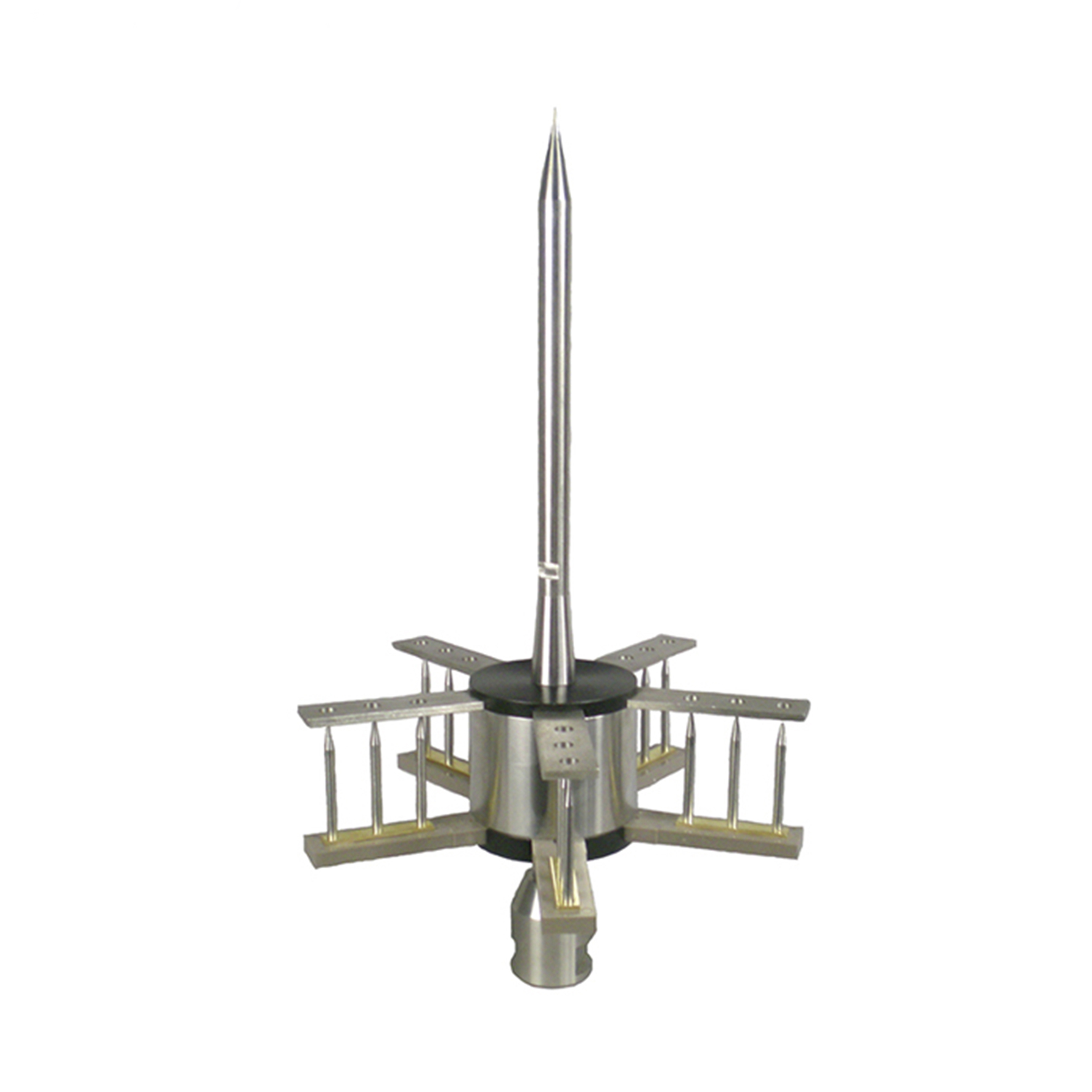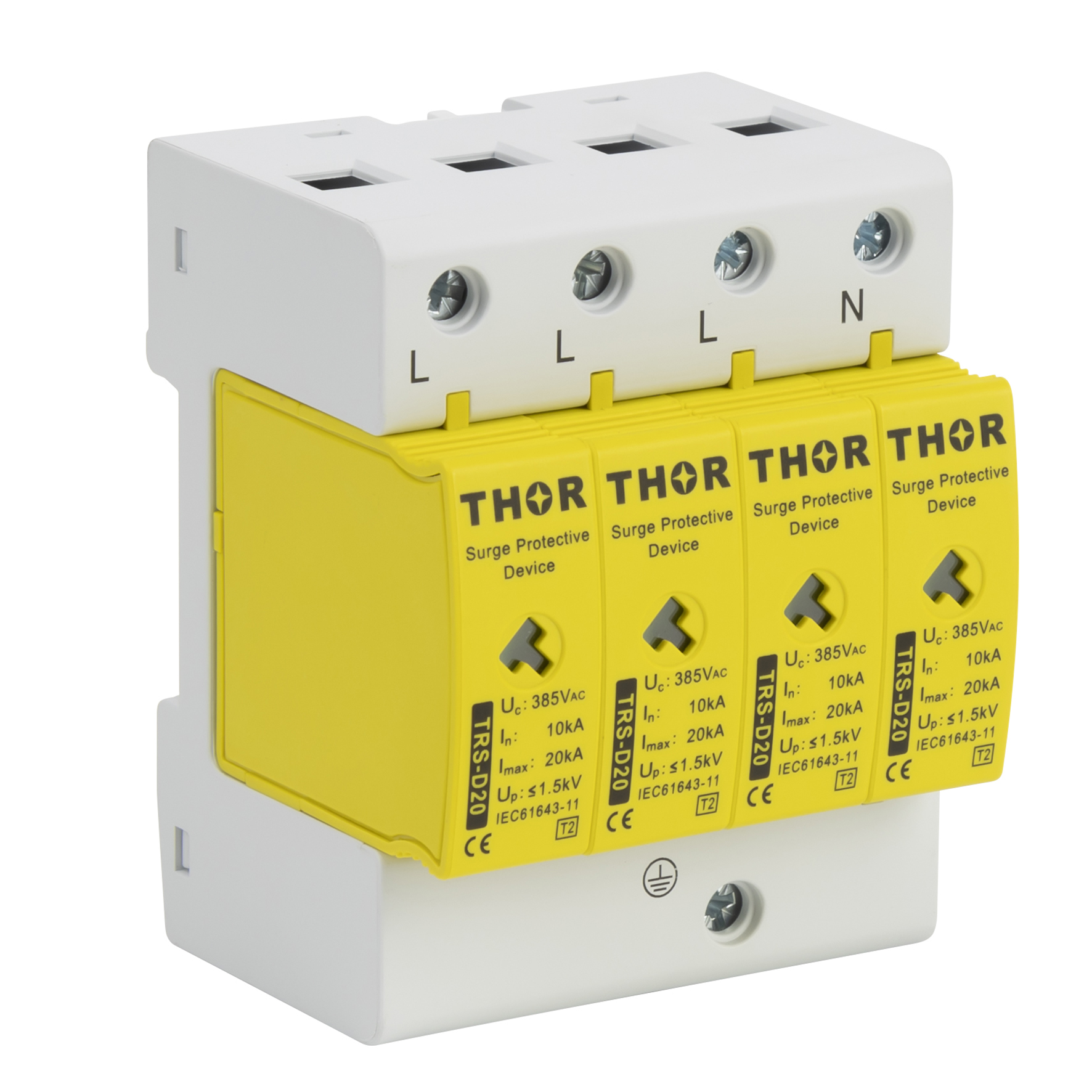A lightning rod protects buildings by directing lightning to the ground, while a surge protector prevents electronic devices from being damaged by voltage spikes. A lightning rod can handle currents of up to 200,000 amperes, while a surge protector typically handles voltages of up to 6000 volts.
How Lightning Rods Protect Houses
A lightning rod directs charges from high points to the ground wire, channeling lightning to the ground. Lightning rods are typically 10 to 20 meters high, with a resistance between the tip and the ground of less than 10 ohms, ensuring that current passes through the grounding system quickly and safely.
In 1998, a study by the National Weather Service reported that buildings without lightning rods had a 70% equipment damage rate, while buildings with lightning rods had only a 5% equipment damage rate. In 1885, after the installation of a lightning rod on the Eiffel Tower in Paris, incidents of equipment damage due to lightning strikes significantly decreased. Florida experiences more than 2 million lightning events annually, and buildings with lightning rods installed have a 90% reduction in lightning damage.

Use Scenarios for Surge Protectors
In homes, surge protectors protect TVs, computers, and home theater systems. Home surge protectors typically have an energy absorption capacity of 600 to 1000 joules and cost between $20 and $100. In commercial environments, surge protectors protect computer networks, servers, and communication equipment. A company installed surge protectors with an absorption capacity of 2000 joules in its data center, with each device costing about $300. In industrial scenarios, surge protectors protect large machinery and automation systems. Surge protectors used in manufacturing can handle voltage spikes of up to 6000 volts.
According to IEEE research, surge protectors can reduce equipment damage risk by more than 50% and prevent instantaneous high voltage caused by lightning strikes, as well as deal with daily grid fluctuations.

Comparing the Differences Between the Two
Lightning rods are typically installed on the top of buildings, with a height of 10 to 20 meters, and a resistance between the tip and the ground of less than 10 ohms, ensuring that lightning current passes through the grounding system quickly and safely.
Surge protectors are mainly used to protect electronic equipment. Household surge protectors have an energy absorption capacity of 600 to 1000 joules and can prevent electrical appliances from being damaged during lightning strikes or grid fluctuations. Commercial surge protectors typically have an absorption capacity of 2000 joules.
Lightning rods mainly protect physical buildings, while surge protectors protect internal electronic equipment. Surge protectors used in manufacturing can handle voltage spikes of up to 6000 volts. Lightning rod systems do not need frequent replacement and have a lifespan of up to several decades, while surge protectors usually have a lifespan of 3 to 5 years and need to be replaced regularly to ensure effectiveness.
According to IEEE research, the combined use of lightning rods and surge protectors can reduce equipment damage risk by more than 50%. Lightning rods direct lightning to the ground, protecting the building structure, while surge protectors absorb overvoltage, protecting internal electronic equipment.
